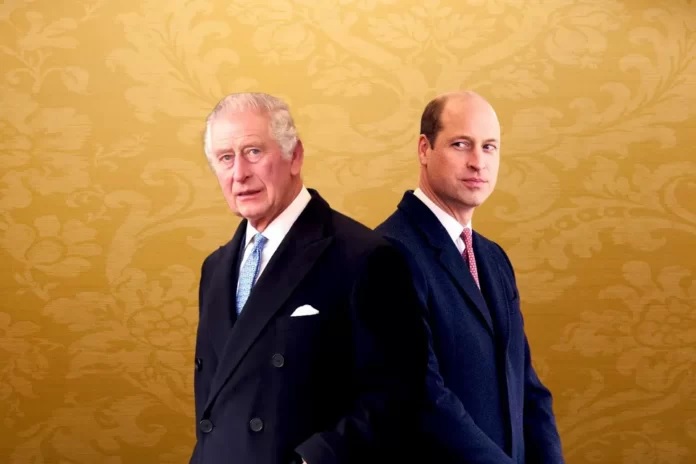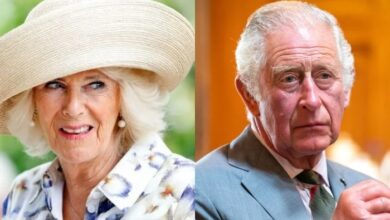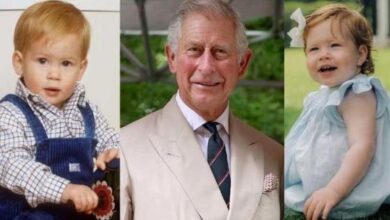King Charles Abdication Plans For Prince William Amid Shocking Health Struggles Leaked

In the face of serious health challenges, including a recent cancer diagnosis, King Charles III is making it clear that he has no intention of abdicating the throne anytime soon. Despite rising speculation about Prince William’s readiness to take over, royal experts insist that the King is determined to carry out his duties for as long as possible.
At 76, Charles may not have the decades-long reign of his mother, Queen Elizabeth II, but insiders say his commitment to the monarchy remains unwavering. In fact, even amid treatment, the King has maintained a presence at important royal engagements, including a recent state visit to Italy.
Royal expert Hilary Fordwich weighed in on the situation, explaining that while Prince William is preparing behind the scenes, there are no plans for a sudden change at the top.
“Prince William has been assuming more responsibilities, and there are preparations for a gradual transition of duties,” Fordwich noted. “But the family is focused on stability—not speed.”
This strategy makes perfect sense within the context of royal tradition. The idea of abdication remains deeply taboo within the British monarchy, largely because of the scandal that surrounded Edward VIII’s decision to abdicate in 1936. That controversial exit caused a constitutional crisis and cast a long shadow that still influences the royal family today.
Charles, who waited longer than any heir in British history to ascend the throne, appears determined to make the most of his reign—however long it may last. His dedication to public service has only intensified in recent months, with sources saying he’s “more focused than ever” on securing the monarchy’s future.
Meanwhile, Prince William is quietly stepping into a more prominent leadership role. He’s taking on key royal responsibilities and offering support behind the scenes. From attending important state events to representing the Crown in official capacities, the Prince of Wales is proving he’s ready—but also respectful of his father’s ongoing reign.
Rather than ushering in a new monarch through abdication, the royal family is pursuing a gradual and seamless transition.
The goal is to ensure continuity and calm during a time of health concerns and growing public scrutiny. This careful balancing act is intended to reassure both the British public and the wider Commonwealth that the monarchy remains steady.
Experts suggest this “slow handover” also helps avoid the appearance of instability during Charles’ illness. It allows the King to maintain his symbolic and constitutional role while delegating more physically demanding tasks to William and other senior royals.
At the same time, this approach gives Prince William and Princess Kate the space they need to adjust their family and personal life to the growing weight of their responsibilities. With Kate also recovering from health challenges of her own, the timing of William’s rise to the throne is being handled with great care.
In many ways, Charles’ continued reign serves as both a symbol of royal tradition and a strategy of resilience. By refusing to abdicate, the King sends a strong message of dedication—despite personal challenges—and shows the Crown’s enduring strength.
While some might see his decision as defiance, it’s more about duty and legacy. For now, Prince William will remain in a supporting role, steadily preparing behind the scenes. But make no mistake—when the time comes, the next king will be more than ready.
Until then, King Charles remains at the helm, determined to leave his mark, not by how long he reigns—but by how well.






